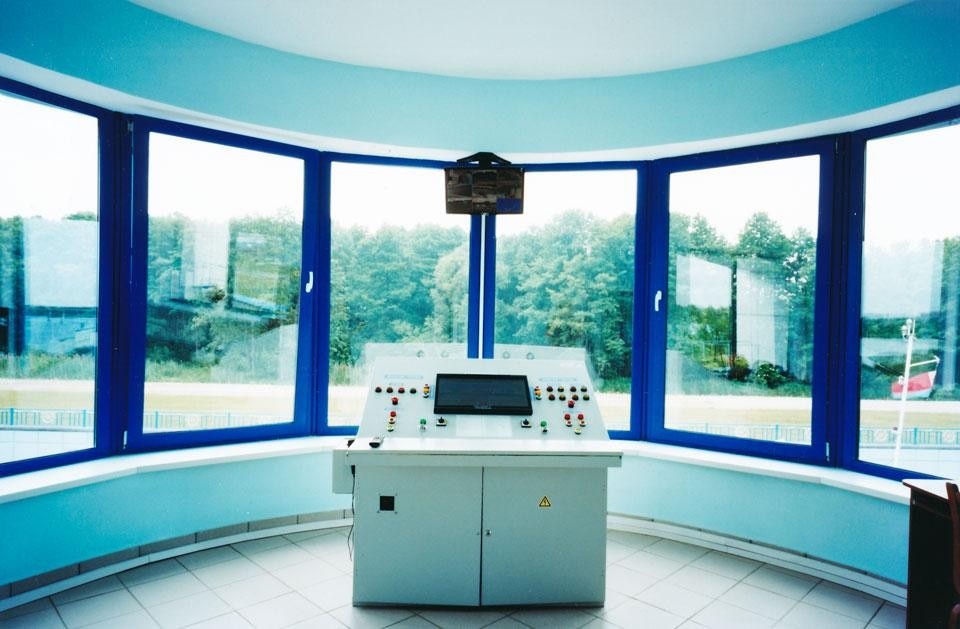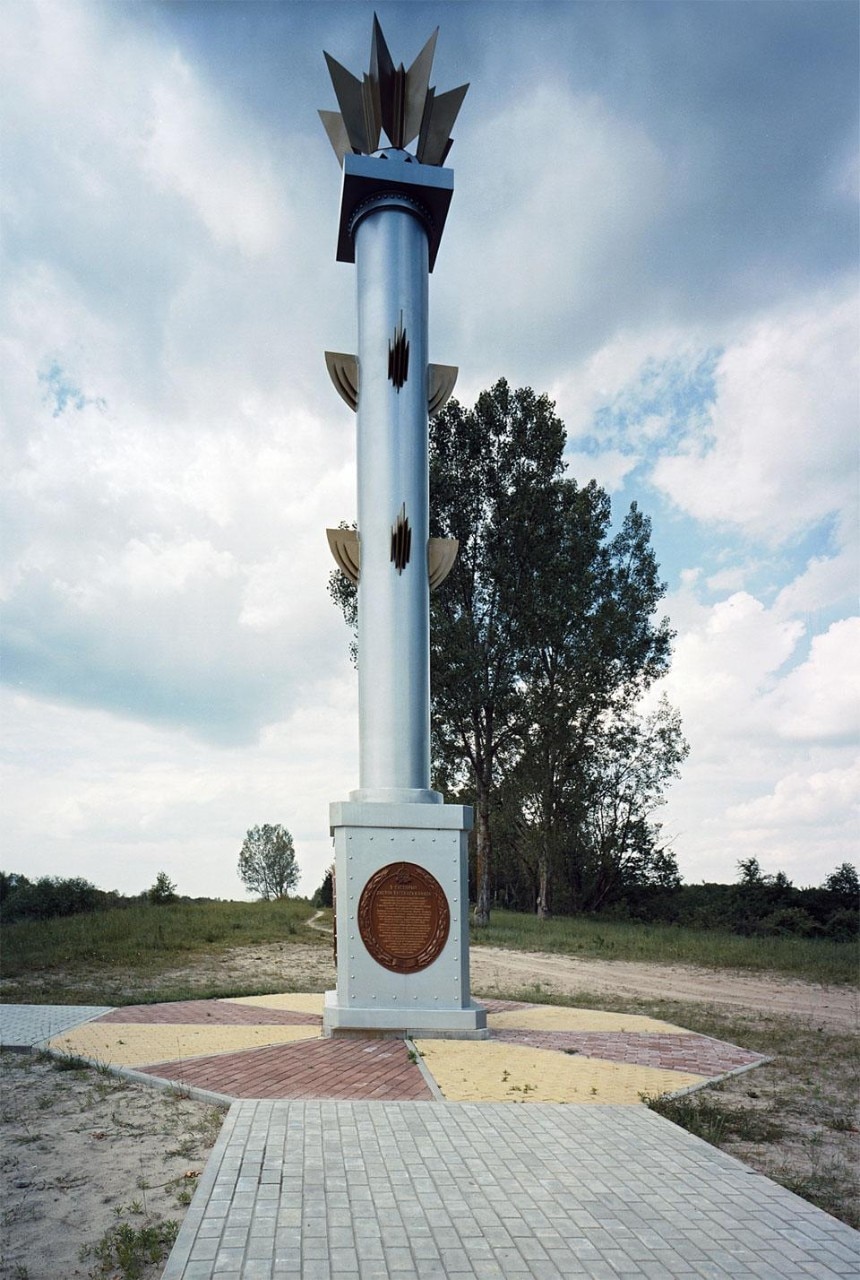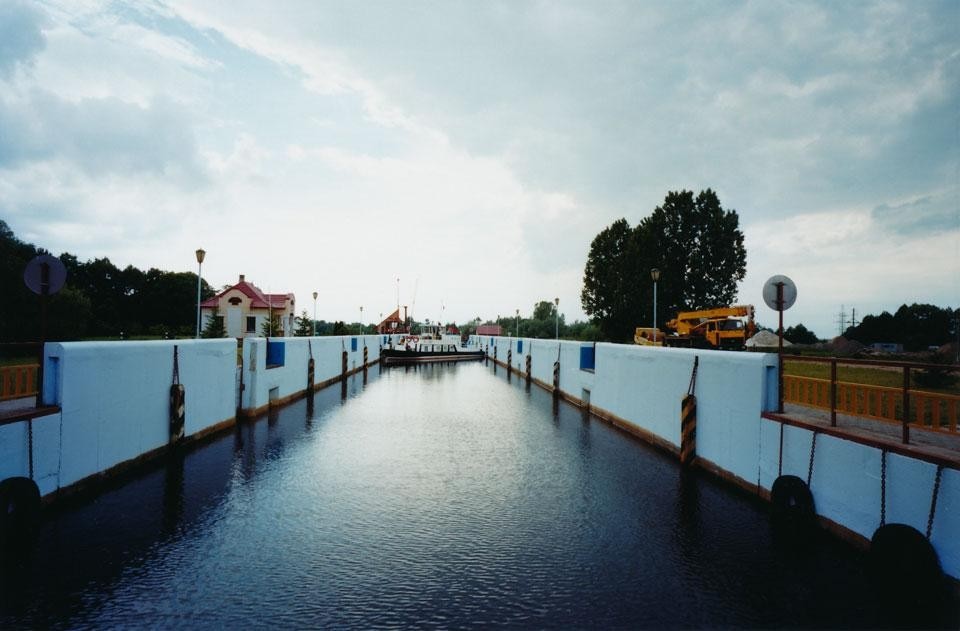The journey into this little-known nation has been possible thanks to the hospitality of company management and monitoring of the waters of the Dnieper-Bug canal which, sailing along the channel, has led us to the city of Brest Pinsk.
The path has been marked by visits to the many locks along the way and was accompanied by a detailed explanation of the operations and the current condition of the locks themselves. Two hundred years ago this was entirely accessible by river and under the Soviet regime, when the waterway was used at full capacity - there was a year where more than 2 million tons of cargo passed through the channel - it was easy to see long lines of barges waiting their turn to overcome differences in height and be able to continue their journey.
Currently, the situation is quite different: the channel is mainly used for the transport of large tree trunks and inert materials produced by local industries, but with much lower turnout, in the four days spent on the water the number of barges encountered could be counted on fingers. On the banks is frequently see solitary fishermen, families dine outdoors and several large birds gliding over the lush vegetation, but the few small motor boats encountered, indicate a reduced use of the water by the population.
Some of the locks are still present in wood, their construction dates from the first half of the 900, the few rebuilt in concrete in recent years, have a small hydroelectric plants, to optimize all available resources even if the gradients are not significant.
The locks can be monitored and stable water levels so as to be viable in the period from mid-March to mid-November. In the remaining months of the year the whole river system is frozen. One of the most striking, the monument that indicates the highest point where the waters separate, on the one hand and on the other towards the Baltic Sea to the Black Sea.
Today the Republic of Belarus is focusing on to be known as a tourist attraction, which is why in most of the areas near the locks have built guest house accommodation. The potential of this connection are very high, both from a commercial point of view, tourism, social and architectural heritage. It is, in fact, a real channel that combines reality different from each other, but in its own way all emerging. It 'a possible connection between Scandinavia and the Mediterranean. It 'a possible motivation for the development of programs and activities throughout the territories that have many resources but which, perhaps, have not yet been able to fully benefit from it. In addition, the intersection of this waterway with some of the most important pan-European transport corridors, high speed rail, make the connection more than ever. Nico Tucci





